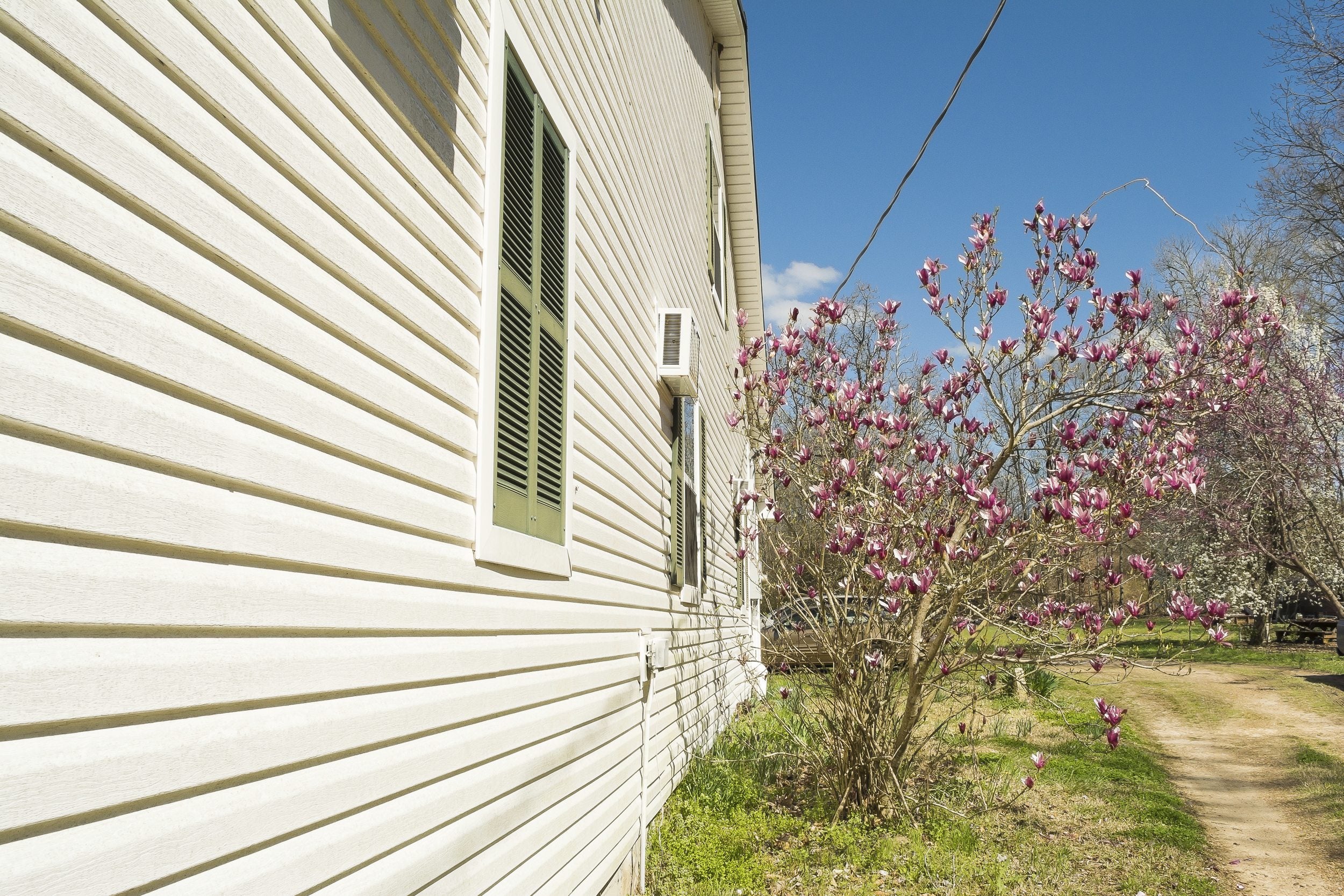Magnolia Root System – Are Magnolia Roots Invasive


Nobody can deny that magnolia trees in bloom are a glorious sight. Magnolias are so commonly planted in warm regions that they have become almost emblematic of the American South. The fragrance is as sweet and unforgettable as the huge, white blossoms are lovely.
Although magnolia trees are surprisingly low maintenance, magnolia tree roots can cause problems for a homeowner. Read on to find out the type of magnolia tree root damage to expect if you plant these tree close to the house.
Magnolia Root System
Magnolias, like the glorious southern magnolia (Magnolia grandiflora), the state tree of Mississippi, can grow to 80 feet tall. These trees can have a 40-foot (12 m.) spread and a trunk diameter of 36 inches (.9 m.). You might think that magnolia tree roots head straight down in order to stabilize these big trees, but that is far from the truth.
The magnolia root system is quite different, and the trees grow large, flexible, rope-like roots. These magnolia tree roots grow horizontally, not vertically, and stay relatively close to the soil surface. Because of this, planting magnolias near houses can lead to magnolia tree root damage.
Planting Magnolias Near House
Are magnolia roots invasive? The answer is yes and no. While the roots are not necessarily invasive, you may get magnolia tree root damage when the trees grow too close to your house. Most tree roots seek a water source, and magnolia tree roots are no exception.
Given the flexible roots and the shallow magnolia root system, it is not difficult for magnolia tree roots to head for cracks in your plumbing pipes if the tree is planted sufficiently close to the house. Most tree roots do not actually break water pipes very often. However, once the pipes fail at the joints due to aging of the plumbing system, the roots invade and block up the pipes.
Remember that the magnolia root system is very wide, up to four times the width of the tree canopy. In fact, magnolia tree roots spread farther than those of most trees. If your house is within root range, the roots can work their way into pipes under your house. As they do, they damage your home’s structure and/or plumbing system.
Gardening tips, videos, info and more delivered right to your inbox!
Sign up for the Gardening Know How newsletter today and receive a free copy of our e-book "How to Grow Delicious Tomatoes".

Teo Spengler is a master gardener and a docent at the San Francisco Botanical Garden, where she hosts public tours. She has studied horticulture and written about nature, trees, plants, and gardening for more than two decades. Her extended family includes some 30 houseplants and hundreds of outdoor plants, including 250 trees, which are her main passion. Spengler currently splits her life between San Francisco and the French Basque Country, though she was raised in Alaska, giving her experience of gardening in a range of climates.
-
 Looking For Plants To Give You The Soft And Fuzzies? Try These 5 Fuzzy Leaf Plant Options
Looking For Plants To Give You The Soft And Fuzzies? Try These 5 Fuzzy Leaf Plant OptionsLovers of texture, drama, silver foliage and tactile plants will adore these special sensory garden additions. These fuzzy leaf plant options will leave you all aglow
By Susan Albert
-
 Get Ready For A Summer Of Hummers! Grow These Full Sun Hummingbird Plants and Flowers
Get Ready For A Summer Of Hummers! Grow These Full Sun Hummingbird Plants and FlowersIf you’re lucky enough to enjoy a sunny backyard, make sure you are maxing out on your pollinator opportunities and grow these full sun hummingbird plants and flowers
By Tonya Barnett